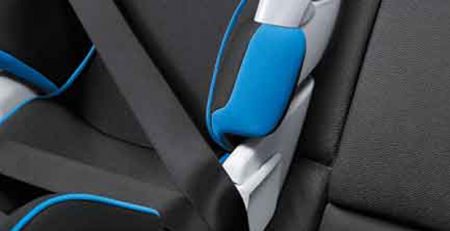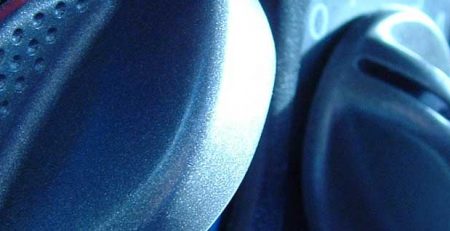The laws on child car seats are undergoing a change later this year and drivers are being warned to take notice ahead of it read more
How to check your car's oil levels
Ignoring your oil levels can lead to increased risk of breakdown, as the oil helps prevent friction in your car's engine, so to avoid spending money on a repair simply follow this quick three-step guide.
1. First, make sure your car is parked on a flat surface and wait for the engine to cool down. Locate the dipstick under the bonnet, if you don't already know where it is you should refer to the owner's manual.
2. Now that you have located the dipstick, remove it and using a towel or tissue paper wipe it clean so that the minimum and maximum markers are clearly visible.
3. Once clean, reinsert the dipstick and remove it again so you can check the level. If the oil is in between the two markers there is a secure amount of oil in the engine.
How to top up the engine oil
Check the owner's manual to find out what type of oil is needed for your car. Using the wrong type can cause faults with the engine performance.
Under the bonnet, you should locate the oil filler cap which is normally marked with an oil can. If you are having difficulty finding the oil filler cap your owner's manual should show where it is.
Unscrew the cap and add the amount of oil that is needed to top up the engine levels to the right amount, whilst making sure not to overfill the engine.
It may take a couple of minutes for the fluid to reach the bottom of the engine so hold out until checking the level again.




